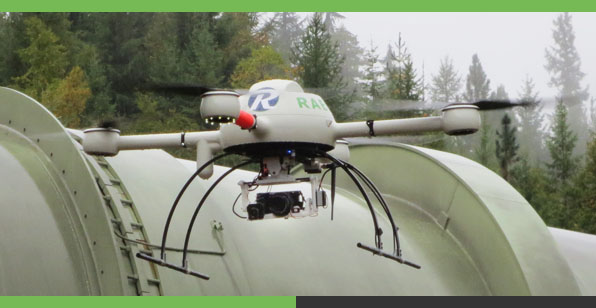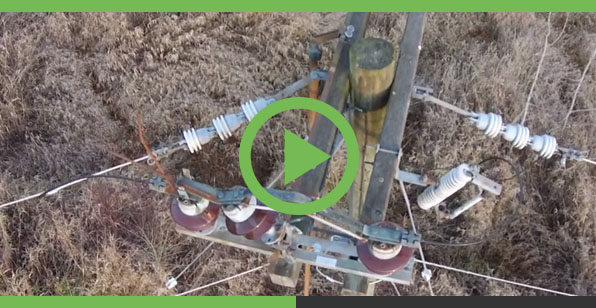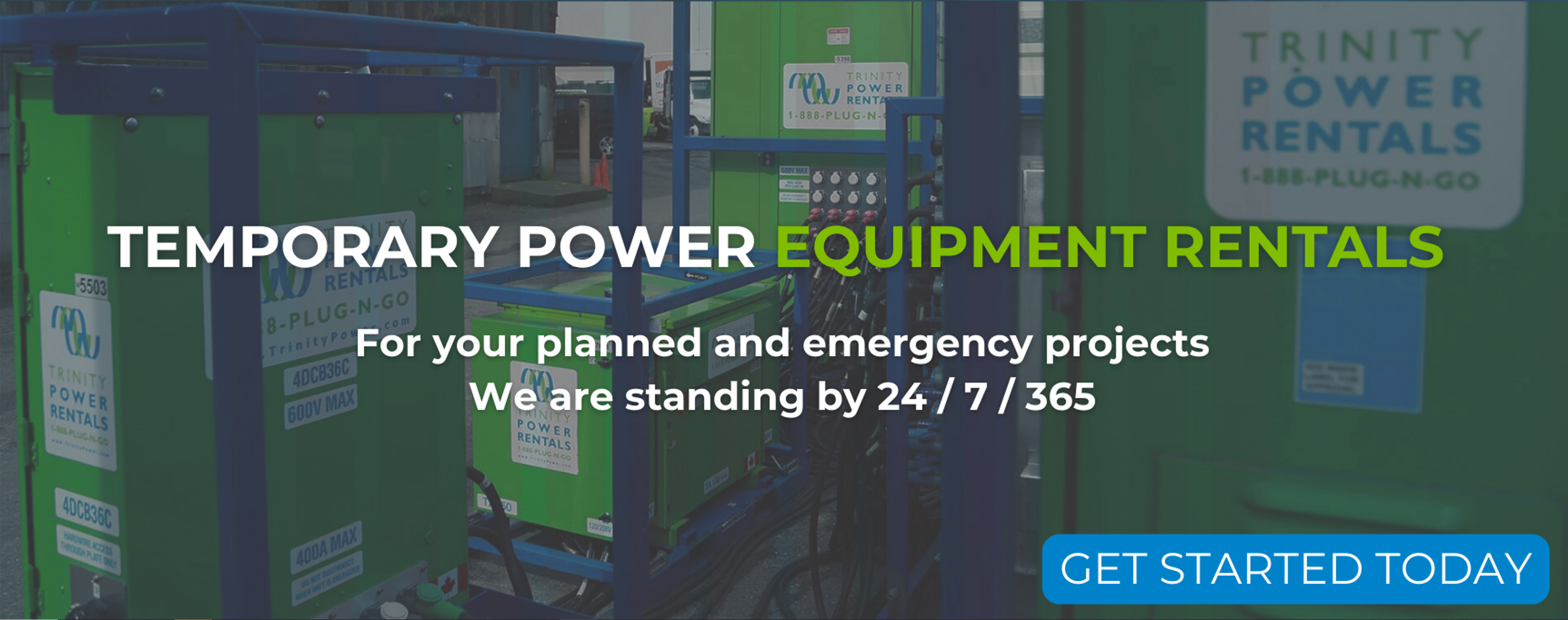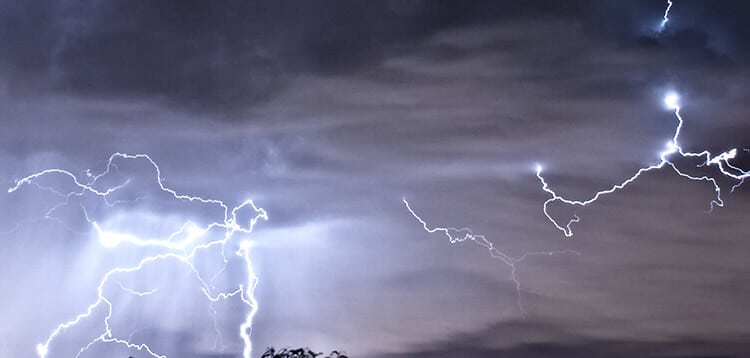- OUR APPROACH
-
COMMITTED TO YOUR SUCCESS
Our approach, developed over decades of experience, is fine-tuned to get the results you want.
We deliver concept-to-completion solutions, designed by temporary power specialists with access to the largest inventory of high-quality power generation and distribution equipment in North America.
-
- Equipment
-
RENTALS
From a wide range of diesel and natural gas generators to transformers, cable, light towers and more, our large rental fleet and extensive vendor network ensure we’ll have the temporary power equipment that your project requires — every time.

-
- Industries
-
INDUSTRIES WE SERVE
For nearly 20 years, we have been at work powering projects across Canada’s industrial sectors.
Select from this sampling of industries to learn how we can put our expertise to work for you.
VIEW ALL- Projects
- About
-
A PROUD HISTORY. A BRIGHT FUTURE.
From our inception in 1998, we have been building our team on a foundation of excellence. Our team members’ passion, expertise and commitment are what have allowed us to grow into a national company with projects across Canada.
Click on the links to learn more about our history, our team or our career opportunities.
- Blog
- Contact
-
That’s not a bird, and it’s not quite a plane—it’s a drone, and it’s coming soon to the skies near you. Technically, a “drone” is any underwater, land or aerial unmanned autonomous vehicle or system, although it is most commonly known for aerial applications. Drones are certainly trending in the news and on social networks, but unlike a passing fad, these Unmanned Autonomous Systems (UAS) are here to stay, and will soon play a key role in the established systems and operations of an increasing number of sectors.
Business Insider Intelligence predicts that 12 percent of an estimated $98 billion in cumulative global spending on aerial drones over the next decade will be for commercial purposes—based on an analysis of existing applications, emerging technology, regulatory direction and usage trends. A recent USA Today article on current commercial unmanned aerial vehicle (UAV) drone usage lists aerial surveillance, aerial inspection and aerial photography among the top 5 uses for commercial permits granted by the Federal Aerial Administration (FAA) in the past year. A report in IT World Canada suggests there are currently fewer regulatory obstacles to commercial drone use in Canada than in the US—for example, while the FAA still bars drone operation beyond the visual line of sight, Transport Canada allows drones to be operated beyond the operator’s line of sight, with an appropriate certificate.
So what does all this mean for electrical contractors and power companies in Canada, and how can you get your business droned up? Michael Rae, imaging, software and hardware technology principal at Surrey, British Columbia-based Raecon Industries Ltd., sees a high growth potential for electrical contractors and the power industry to use drones as a safe, accurate, and cost effective tool in existing inspection, maintenance and repair activities—from low voltage and residential work, all the way to higher voltage and power station applications.

Raecon aims to build more industry buy-in by partnering initially with larger scale power companies on routine activities, working to lower ongoing costs and to significantly increase the safety factor with drone use. Raecon currently provides drones to BC Hydro as aerial assessment and imaging tools.
“Whether it’s safety, the environment, cost-effectiveness—how can we make the job better? How does it integrate into the current system? You want to build a workflow and integrate it, in a way that can last long term and be a total benefit,” says Rae.
Rae adds that drones have also been used by BC Hydro to obtain aerial images and data in areas which are difficult to access, or that have in the past required more complex equipment mounted on a helicopter, fixed wing system, or operated by a crew in a bucket truck: “The drone technology is more of an assistant–if linemen don’t have to go up there, we can send a unit up; the linemen can analyze the pictures to assess the situation accurately, and do their jobs more efficiently by spending the time where they’re really needed. Drones are also seen as advantageous because it costs a lot less to put a UAV in the air than it is to put a twin engine helicopter.”
Although current demand for Raecon drones has mainly been for capturing high resolution images using digital still and HD video cameras, a wide variety of different payloads can be mounted onto a drone, including “catch-and-release” systems that can carry a soft line to establish initial connectivity, before leading into a larger line for tie-in. Drones can also be mounted with just about any type of camera—including infrared, and multi-spectrum thermal imaging. BC Hydro uses the latter primarily to run the line for hot spot checks, and at substations on equipment to check for faults.
Rae refers to his company’s distribution inspection service, which uses a camera-mounted drone to run certain types of structural visual inspections—including top-down, and steeply angled views—such as for pole top inspections, to check for signs of rot through the pole centre. The drone can be airborne and can change direction quickly, and can be controlled to run a line or an array for the length of its battery life without “coming down” between individual inspections. See a sample of the detail captured in one such inspection in the video below.

“It’s a rapidly changing industry…the regulatory bodies, Transport Canada and the FAA in the US are wrestling to try and integrate drones in a safe manner into the current aviation realm—but we do work for Transport Canada, and they have been nothing but good to work with in the way that they’re looking at the industry, and seeing how they can move forward. I think we will just see drone use increase, to the safety and benefit of all that can use it.”
Related Articles
Subscribe for access to exclusive content
"*" indicates required fields




















